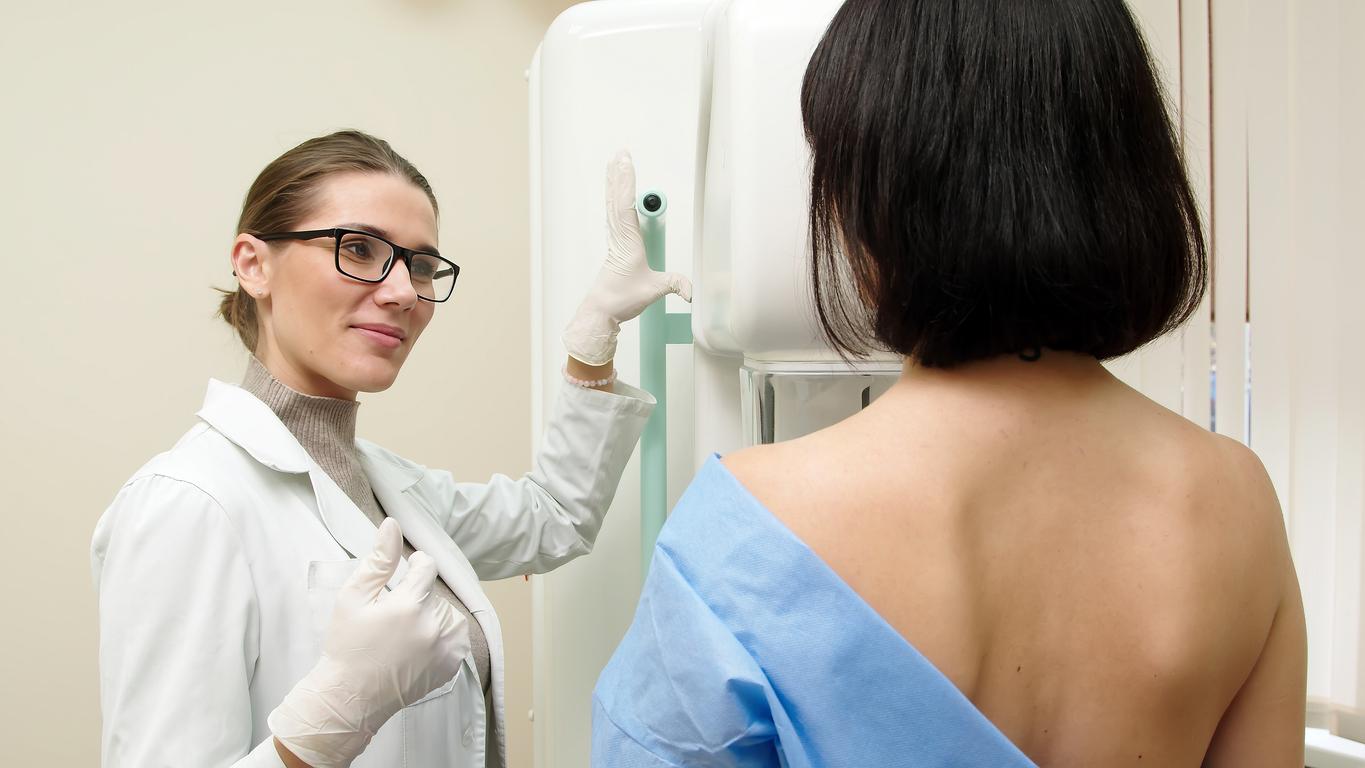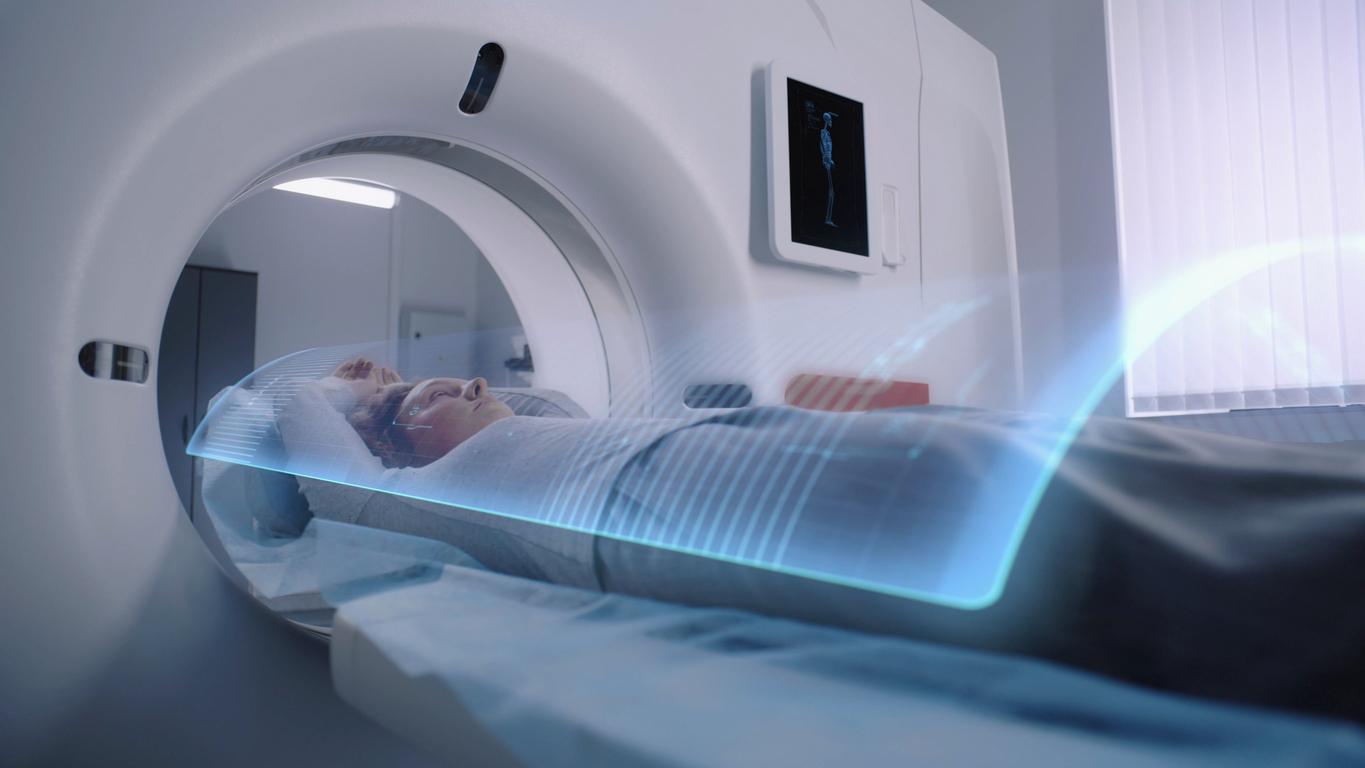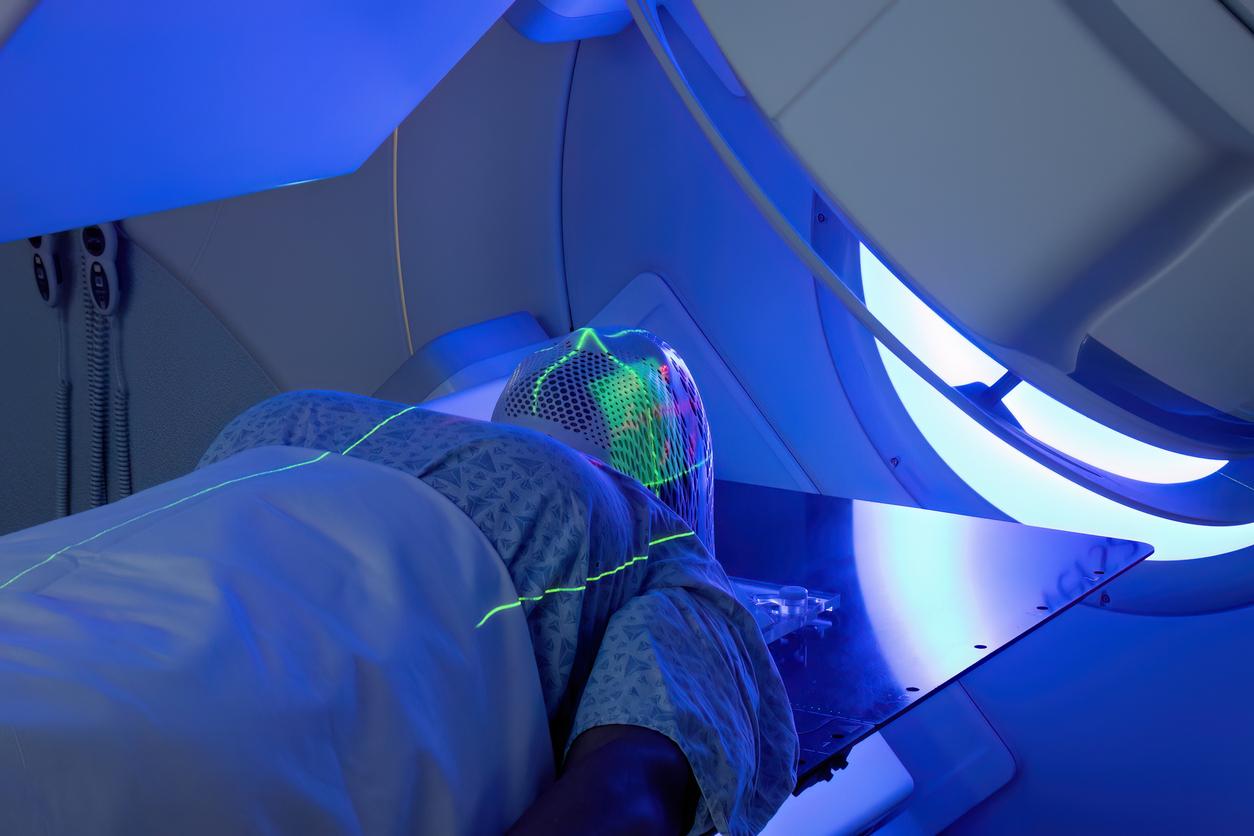Even passive exposure to asbestos is dangerous. This situation is all the more worrying since there is no census of asbestos zones.
Asbestos would she leave the walls of Jussieu and some establishments to become a threat that concerns everyone? The question is now clearly posed with the publication in quick succession of several surveys by the Institute for Public Health Surveillance (InVS) showing that even passive exposure to this toxicant can lead to mesothelioma and bronchial cancer. In a few days, this official recognition of the dangers of asbestos in the environment has given a new dimension to this already heavy file. And for the first time, occupational medicine, long pointed out by associations, is called to account. This week, an occupational doctor employed for more than 20 years in the Férodo-Valeo factories in Condé sur Noireau (Calvados), was indicted by the examining magistrate Marie-Odile Bertella-Geoffroy for “involuntary homicides and injuries , and not assistance to people in danger ”. It would have failed in its obligations to inform and protect employees from the dangers of asbestos. At the time, this practitioner was a member and expert of the Permanent Asbestos Committee, a pressure group for asbestos manufacturers.
More than a hundred years after the first awareness of the risks associated with the use of these fibers, ten years after their ban (in 1997), doctors and citizens are still not immune to unpleasant surprises. On October 19, an InVS branch published a report admitting that the activity of an asbestos crushing plant in Aulnay-sous-Bois had caused heavy damage to local residents. This production of asbestos, for about fifty years, “has generated environmental exposure to which we can totally or partially relate 11 cases of asbestos-related diseases, including 4 mesotheliomas and 7 cases of pleural plaques”, notes the report.
An already heavy assessment, but probably not definitive, given the long latency period (several decades) between exposure to fibers and the onset of bronchopulmonary pathologies. A toll-free number has also been set up by the Ministry of Health for people who lived near the factory during its period of activity, between 1938 and 1975. “This is the first time in France that ‘an official report validates environmental contamination by asbestos,’ notes Andeva, the national association for the defense of asbestos victims, which has been fighting for more than ten years to have the rights of patients recognized and to improve prevention.
Passive contamination
In the process, a special issue of the weekly epidemiological bulletin devoted entirely to asbestos reveals another “first” just as worrying. Five scientists working at the University of Jussieu presented a mesothelioma. While all were present when the building was constructed, and worked there for more than ten years, “no active occupational, domestic or environmental exposure could be identified, except for the rare use of protective products for some”, note the authors of the BEH. Clearly, these teacher-researchers were not actively exposed to asbestos through their professional activity, but passively through their regular presence in flocked and poorly maintained buildings. Several of them complained of having to frequently dust their desks with fibers fallen from the false ceiling, write the authors of the article, who were warned of these cases by the anti-asbestos committee Jussieu. In total, it has already identified 130 cases of asbestos-related occupational disease on campus, primarily involving actively exposed workers. According to Valérie Pécresse, Minister of Higher Education, the asbestos removal project has already been completed 2/3 and should be completed by the end of 2011 …
“We have known for a long time that there are environmental contaminations, but what is new is official recognition,” assures François Desriaux, president of Andeva. Our major concern is that, ten years after the asbestos ban, people are still exposed to it, sometimes without being aware of it ”. And to cite the example of a woman who discovered at the same time as her mesothelioma that she had been in contact with asbestos while working in a tower office.
No inventory of buildings
Michel Parigot, vice-president of the same association and president of the anti-asbestos committee of Jussieu confirms the lack of reliable information from citizens on their possible exposure to this toxic. “In practice, there is no census of buildings and areas affected by asbestos. The owners are subject to an obligation to identify asbestos, but there is no centralization or control of these diagnoses, ”he notes. For years, the president of the anti-asbestos committee in Jussieu has demanded that this data be accessible to everyone, on the internet. In vain. However, there are other Jussieu and Aulnay-sous-Bois, according to the experts in the file.
An example ? The Caen University Hospital. At the end of 2006, Michel Parigot went there for a wild visit. On the 23rd floor, headquarters of technical rooms, he discovered an “unimaginable” situation. “The ground was strewn with fibers, and the roundabouts passed in the middle as in a path of snow, without any protection. However, the CHU had been checked in 1997, with an obligation to work within one year, ”he says. Following this “unannounced check”, personnel protection measures were put in place.
The extreme case, but not unique. “All the important buildings built in the 1970s were flocked with asbestos. Jussieu is caricature, because poorly maintained, but it is not the only university where we see asbestos dust falling from false ceilings, ”adds Professor Marcel Goldberg, epidemiologist (Inserm, InVS). According to the forecasts of this specialist, approximately 800 to 900 cases of mesothelioma are identified each year, figures which should double in the twenty years to come. As for bronchial cancer, between 16 and 33% are linked to occupational exposure to asbestos, according to the Institute for Public Health Surveillance. An origin that doctors must learn to think about, to allow their patients to have professional recognition of their disease.
.
















